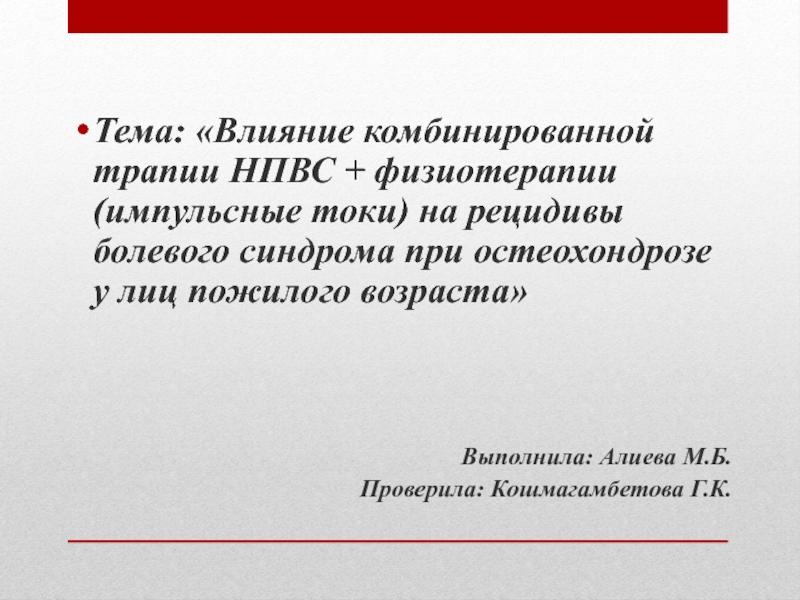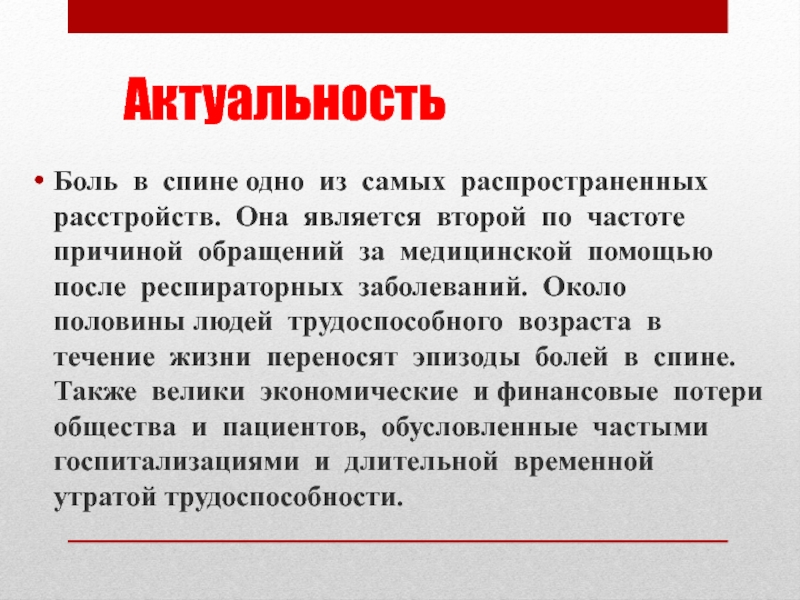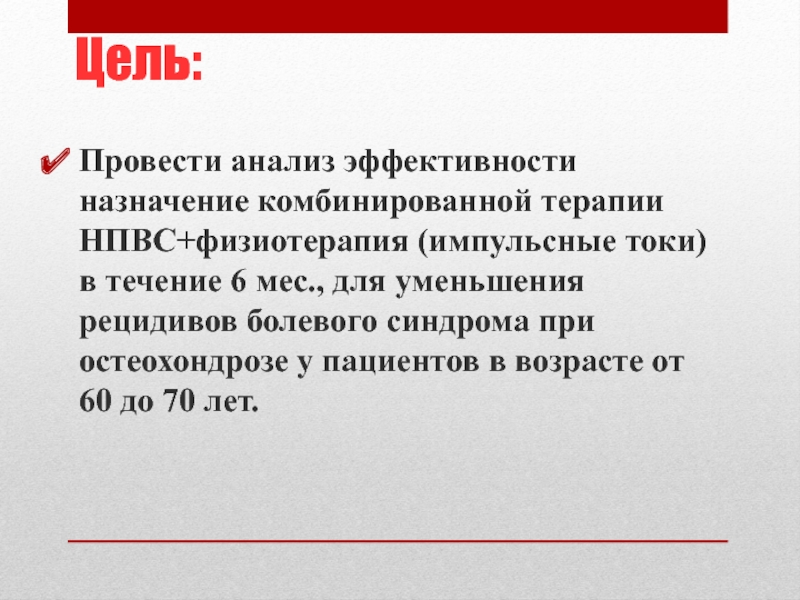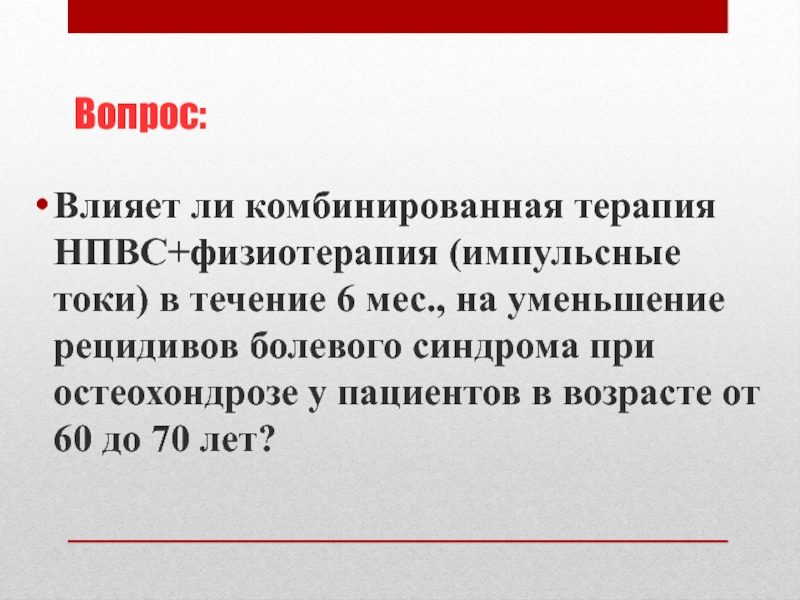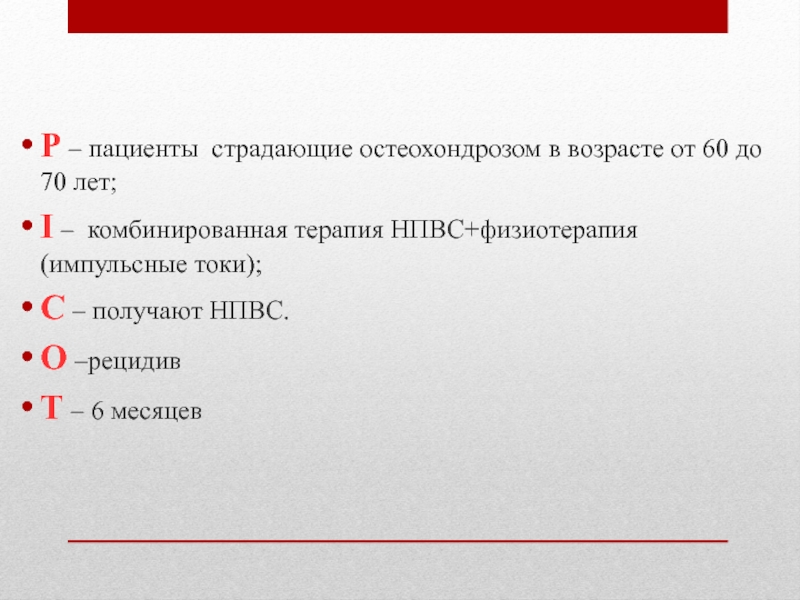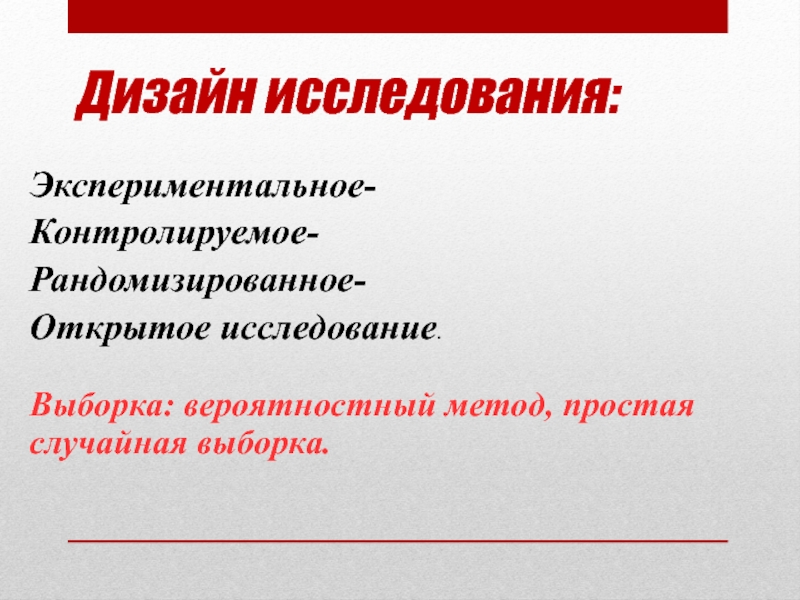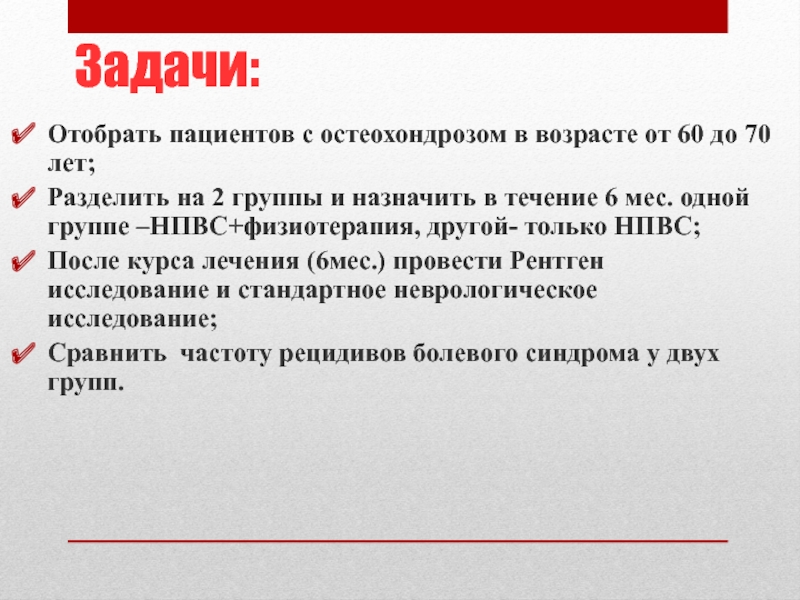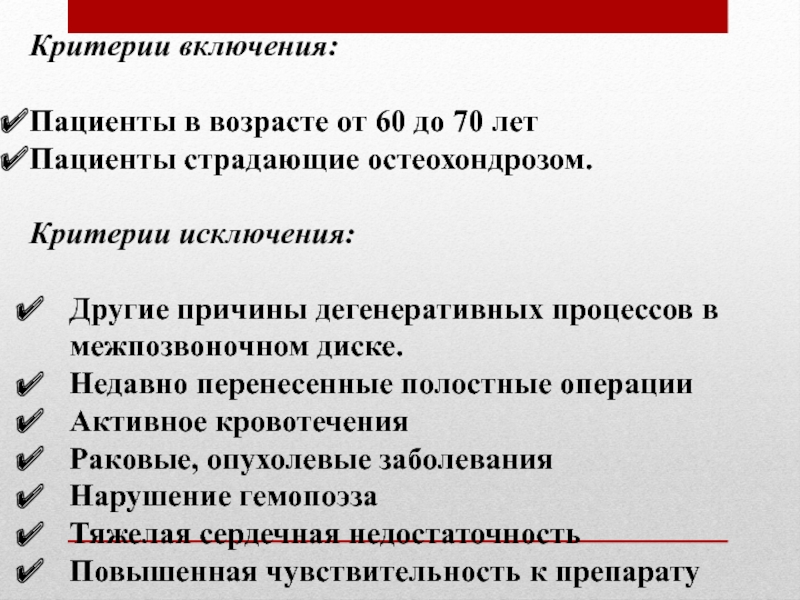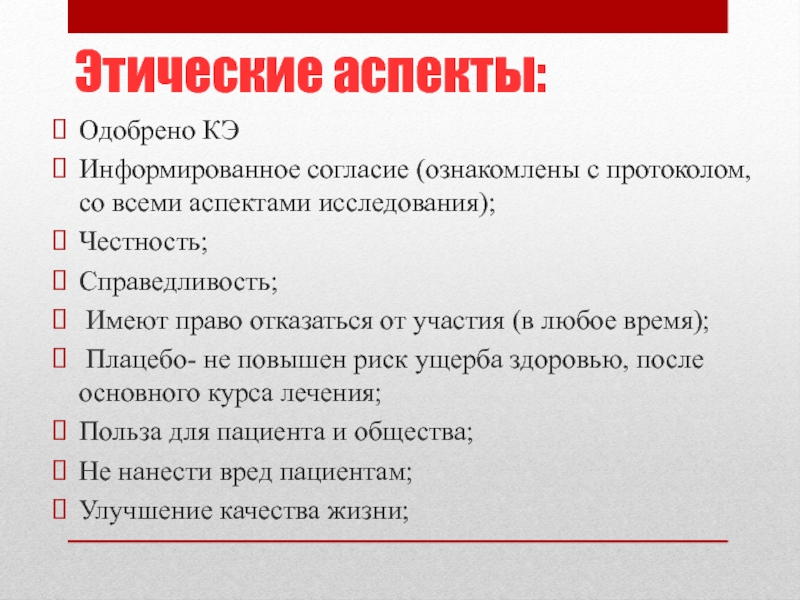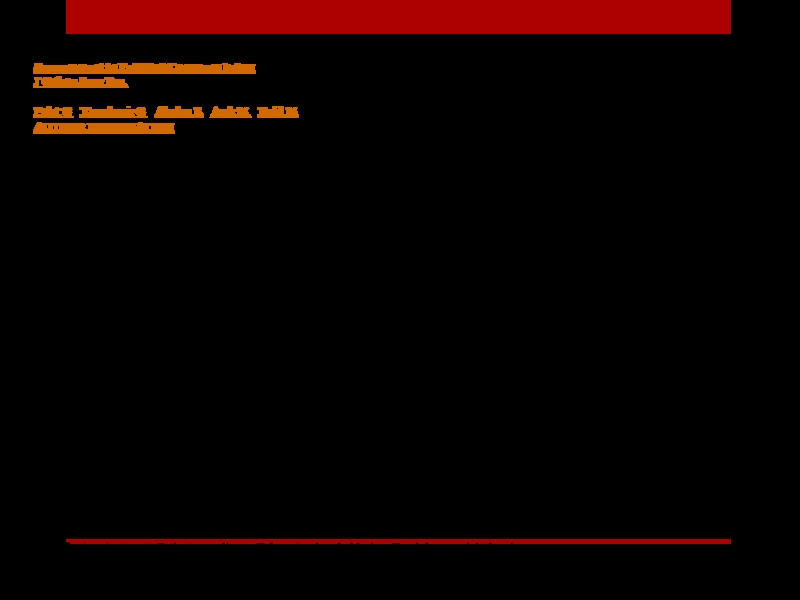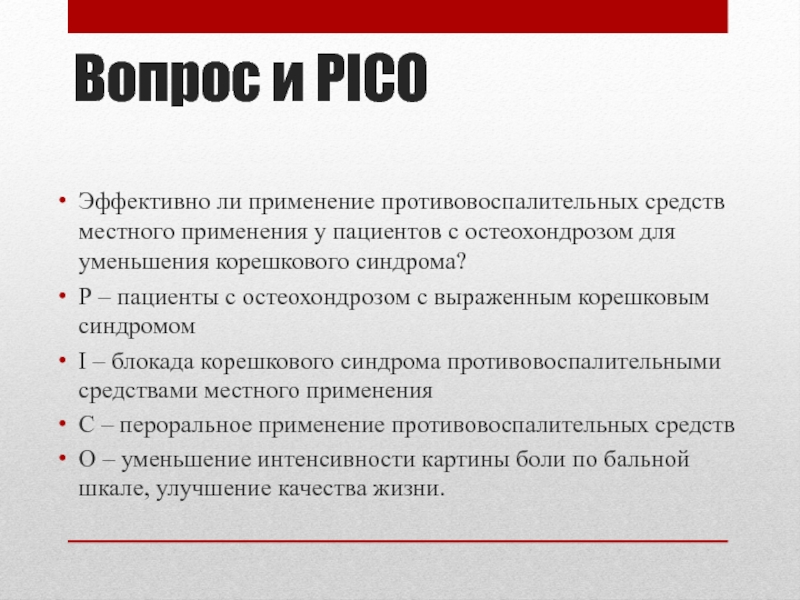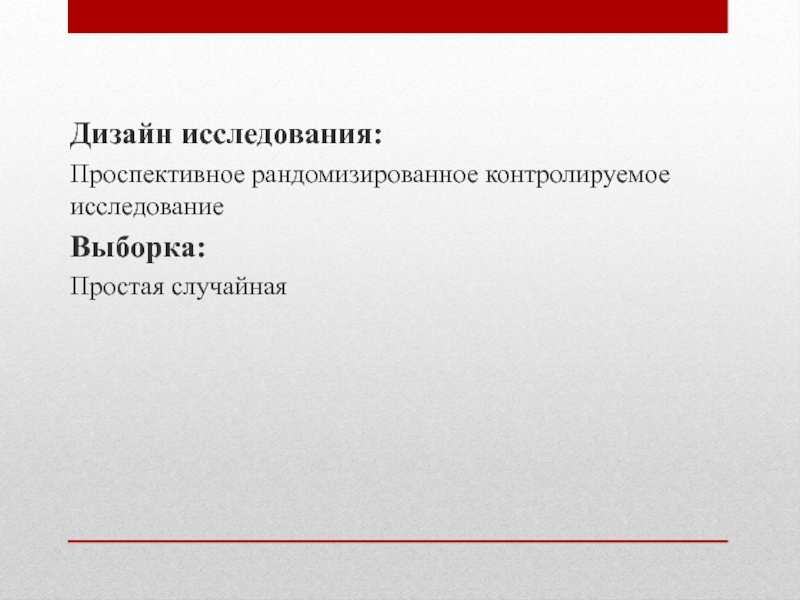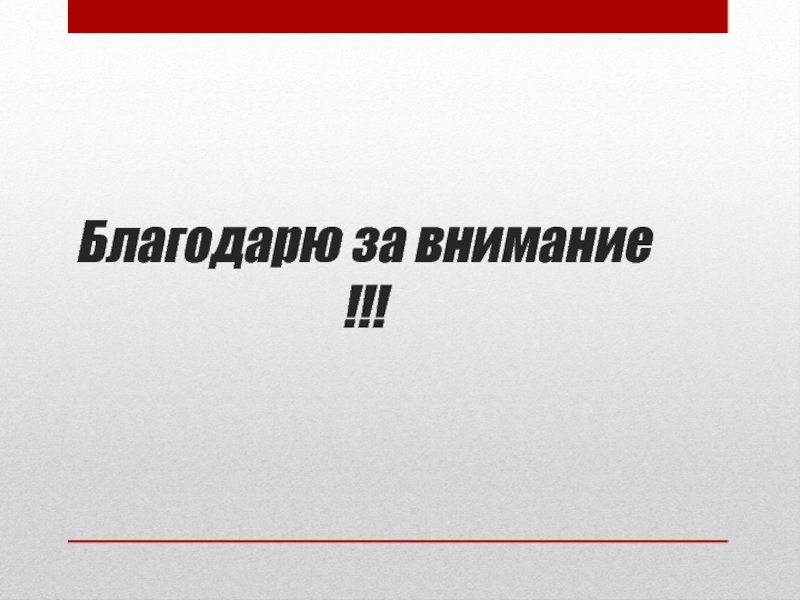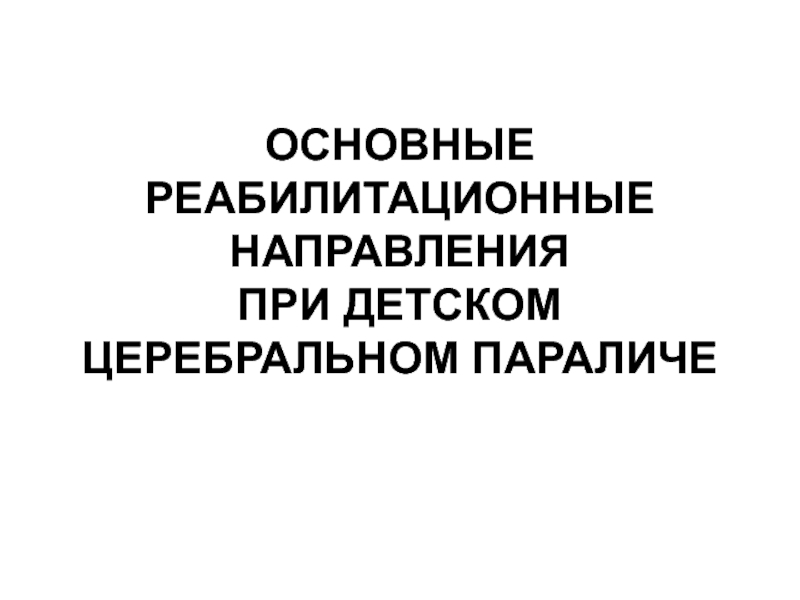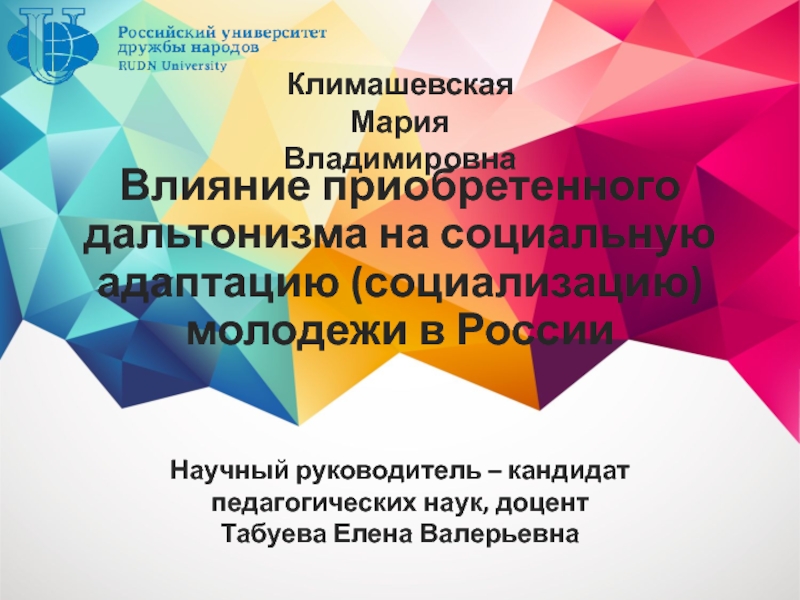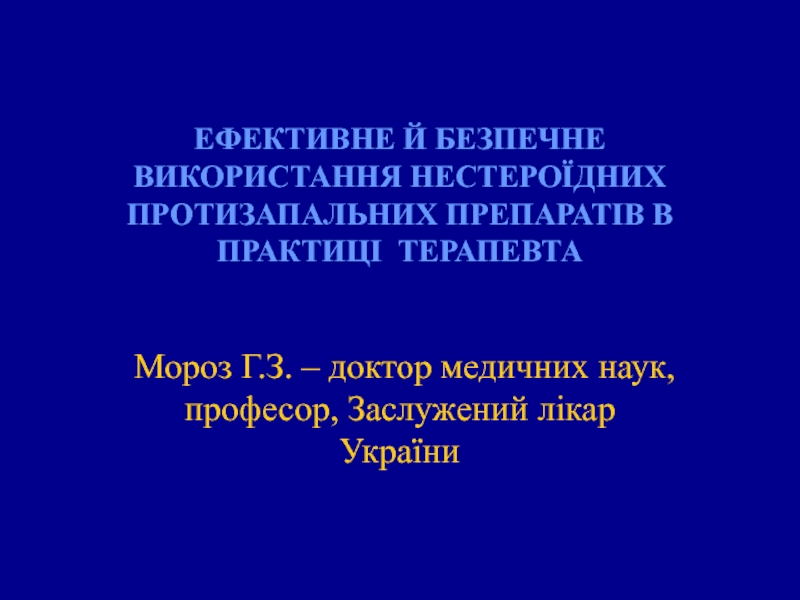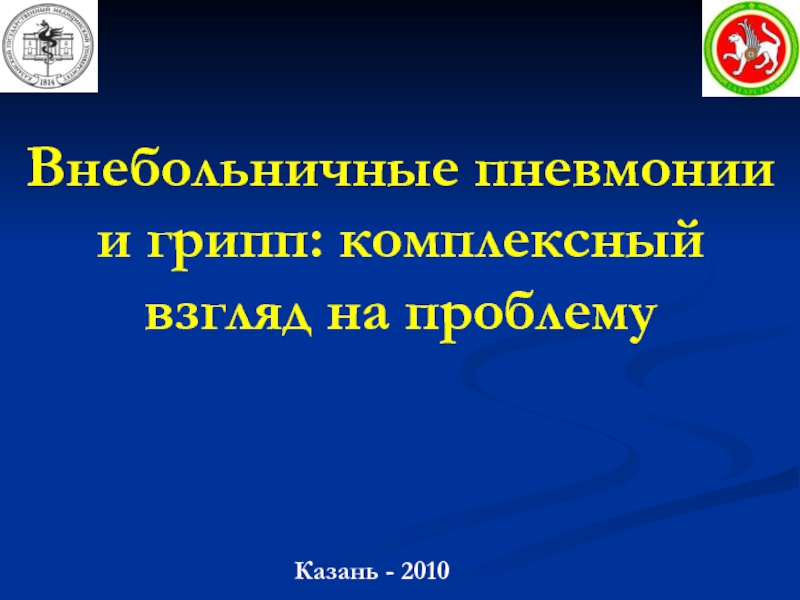болевого синдрома при остеохондрозе у лиц пожилого возраста»
Выполнила: Алиева М.Б.
Проверила: Кошмагамбетова Г.К.
- Главная
- Разное
- Дизайн
- Бизнес и предпринимательство
- Аналитика
- Образование
- Развлечения
- Красота и здоровье
- Финансы
- Государство
- Путешествия
- Спорт
- Недвижимость
- Армия
- Графика
- Культурология
- Еда и кулинария
- Лингвистика
- Английский язык
- Астрономия
- Алгебра
- Биология
- География
- Детские презентации
- Информатика
- История
- Литература
- Маркетинг
- Математика
- Медицина
- Менеджмент
- Музыка
- МХК
- Немецкий язык
- ОБЖ
- Обществознание
- Окружающий мир
- Педагогика
- Русский язык
- Технология
- Физика
- Философия
- Химия
- Шаблоны, картинки для презентаций
- Экология
- Экономика
- Юриспруденция
Влияние комбинированной терапии НПВС + физиотерапии на рецидивы болевого синдрома при остеохондрозе у лиц пожилого возраста презентация
Содержание
- 1. Влияние комбинированной терапии НПВС + физиотерапии на рецидивы болевого синдрома при остеохондрозе у лиц пожилого возраста
- 2. Актуальность Боль в спине одно из самых
- 3. Цель: Провести анализ эффективности назначение
- 4. Вопрос: Влияет ли комбинированная терапия НПВС+физиотерапия (импульсные
- 5. P – пациенты страдающие остеохондрозом в возрасте
- 6. Дизайн исследования: Экспериментальное- Контролируемое- Рандомизированное- Открытое
- 7. Задачи: Отобрать пациентов с остеохондрозом в
- 8. Критерии включения: Пациенты в возрасте
- 9. Этические аспекты: Одобрено КЭ Информированное согласие
- 10. See comment in PubMed Commons below J
- 11. Эффективно ли применение противовоспалительных средств местного применения
- 12. Дизайн исследования: Проспективное рандомизированное контролируемое исследование Выборка: Простая случайная
- 13. Благодарю за внимание !!!
Слайд 2Актуальность
Боль в спине одно из самых распространенных расстройств. Она является второй
по частоте причиной обращений за медицинской помощью после респираторных заболеваний. Около половины людей трудоспособного возраста в течение жизни переносят эпизоды болей в спине. Также велики экономические и финансовые потери общества и пациентов, обусловленные частыми госпитализациями и длительной временной утратой трудоспособности.
Слайд 3Цель:
Провести анализ эффективности назначение комбинированной терапии НПВС+физиотерапия (импульсные токи) в
течение 6 мес., для уменьшения рецидивов болевого синдрома при остеохондрозе у пациентов в возрасте от 60 до 70 лет.
Слайд 4Вопрос:
Влияет ли комбинированная терапия НПВС+физиотерапия (импульсные токи) в течение 6 мес.,
на уменьшение рецидивов болевого синдрома при остеохондрозе у пациентов в возрасте от 60 до 70 лет?
Слайд 5P – пациенты страдающие остеохондрозом в возрасте от 60 до 70
лет;
I – комбинированная терапия НПВС+физиотерапия (импульсные токи);
C – получают НПВС.
O –рецидив
T – 6 месяцев
I – комбинированная терапия НПВС+физиотерапия (импульсные токи);
C – получают НПВС.
O –рецидив
T – 6 месяцев
Слайд 6Дизайн исследования:
Экспериментальное-
Контролируемое-
Рандомизированное-
Открытое исследование.
Выборка: вероятностный метод, простая случайная выборка.
Слайд 7Задачи:
Отобрать пациентов с остеохондрозом в возрасте от 60 до 70 лет;
Разделить
на 2 группы и назначить в течение 6 мес. одной группе –НПВС+физиотерапия, другой- только НПВС;
После курса лечения (6мес.) провести Рентген исследование и стандартное неврологическое исследование;
Сравнить частоту рецидивов болевого синдрома у двух групп.
После курса лечения (6мес.) провести Рентген исследование и стандартное неврологическое исследование;
Сравнить частоту рецидивов болевого синдрома у двух групп.
Слайд 8Критерии включения:
Пациенты в возрасте от 60 до 70 лет
Пациенты
страдающие остеохондрозом.
Критерии исключения:
Другие причины дегенеративных процессов в межпозвоночном диске.
Недавно перенесенные полостные операции
Активное кровотечения
Раковые, опухолевые заболевания
Нарушение гемопоэза
Тяжелая сердечная недостаточность
Повышенная чувствительность к препарату
Критерии исключения:
Другие причины дегенеративных процессов в межпозвоночном диске.
Недавно перенесенные полостные операции
Активное кровотечения
Раковые, опухолевые заболевания
Нарушение гемопоэза
Тяжелая сердечная недостаточность
Повышенная чувствительность к препарату
Слайд 9Этические аспекты:
Одобрено КЭ
Информированное согласие (ознакомлены с протоколом, со всеми аспектами исследования);
Честность;
Справедливость;
Имеют право отказаться от участия (в любое время);
Плацебо- не повышен риск ущерба здоровью, после основного курса лечения;
Польза для пациента и общества;
Не нанести вред пациентам;
Улучшение качества жизни;
Плацебо- не повышен риск ущерба здоровью, после основного курса лечения;
Польза для пациента и общества;
Не нанести вред пациентам;
Улучшение качества жизни;
Слайд 10See comment in PubMed Commons below
J Orthop Surg Res. 2017 Mar
20;12(1):46. doi: 10.1186/s13018-017-0548-5.
Patient compliance with touchdown weight bearing after microfracture treatment of talar osteochondral lesions.
Polat G1, Karademir G2, Akalan E3, Aşık M2, Erdil M4.
AUTHOR INFORMATION
Department of Orthopaedics and Traumatology, Istanbul University, Istanbul Medical Faculty, Çapa-Fatih, Istanbul, 34093, Turkey. gokhanpolat7@gmail.com.
Department of Orthopaedics and Traumatology, Istanbul University, Istanbul Medical Faculty, Çapa-Fatih, Istanbul, 34093, Turkey.
Faculty of Science Health Physiotherapy & Rehab. Division, Istanbul University, Istanbul, Turkey.
Department of Orthopaedics and Traumatology, Istanbul Medipol University, Istanbul, Turkey.
Abstract
BACKGROUND:
The aim of this study was to prospectively evaluate the compliance of our patients with a touchdown weight bearing (without supporting any weight on the affected side by only touching the plantar aspect of the foot to the ground to maintain balance to protect the affected side from mechanical loading) postoperative rehabilitation protocol after treatment of talar osteochondral lesion (TOL).
METHODS: 64 patients, who had been treated with arthroscopic debridement and microfracture, were followed prospectively. The patients were evaluated for weight bearing compliance with using a stationary gait analysis and feedback system at the postoperative first day, first week, third week, and sixth week.
RESULTS:
The mean visual analog scale (VAS) scores of the patients at the preoperative, postoperative first day, first week, third week, and sixth weeks were 5.5, 5.9, 3.6, 0.9, and 0.4, respectively. The decrease in VAS scores were statistically significant (p < 0.0001). First postoperative day revealed a mean value of transmitted weight of 4.08% ±0.8 (one non-compliant patient). The mean value was 4.34% ±0.8 at the first postoperative week (two non-compliant patients), 6.95% ±2.3 at the third postoperative week (eight non-compliant patients), and 10.8% ±4.8 at the sixth postoperative week (11 non-compliant patients). In the analysis of data, we found a negative correlation between VAS scores and transmitted weight (Kendall's tau b = -0.445 and p = 0.0228).
CONCLUSIONS:
Although patients were able to learn and adjust to the touchdown weight bearing gait protocol during the early postoperative period, most patients became non-compliant when their pain was relieved. To prevent this situation of non-compliance, patients should be warned to obey the weight bearing restrictions, and patients should be called for a follow-up at the third postoperative week.
KEYWORDS:
Microfracture treatment; Patient compliance; Talar osteochondral lesion; Touchdown weight bearing
Patient compliance with touchdown weight bearing after microfracture treatment of talar osteochondral lesions.
Polat G1, Karademir G2, Akalan E3, Aşık M2, Erdil M4.
AUTHOR INFORMATION
Department of Orthopaedics and Traumatology, Istanbul University, Istanbul Medical Faculty, Çapa-Fatih, Istanbul, 34093, Turkey. gokhanpolat7@gmail.com.
Department of Orthopaedics and Traumatology, Istanbul University, Istanbul Medical Faculty, Çapa-Fatih, Istanbul, 34093, Turkey.
Faculty of Science Health Physiotherapy & Rehab. Division, Istanbul University, Istanbul, Turkey.
Department of Orthopaedics and Traumatology, Istanbul Medipol University, Istanbul, Turkey.
Abstract
BACKGROUND:
The aim of this study was to prospectively evaluate the compliance of our patients with a touchdown weight bearing (without supporting any weight on the affected side by only touching the plantar aspect of the foot to the ground to maintain balance to protect the affected side from mechanical loading) postoperative rehabilitation protocol after treatment of talar osteochondral lesion (TOL).
METHODS: 64 patients, who had been treated with arthroscopic debridement and microfracture, were followed prospectively. The patients were evaluated for weight bearing compliance with using a stationary gait analysis and feedback system at the postoperative first day, first week, third week, and sixth week.
RESULTS:
The mean visual analog scale (VAS) scores of the patients at the preoperative, postoperative first day, first week, third week, and sixth weeks were 5.5, 5.9, 3.6, 0.9, and 0.4, respectively. The decrease in VAS scores were statistically significant (p < 0.0001). First postoperative day revealed a mean value of transmitted weight of 4.08% ±0.8 (one non-compliant patient). The mean value was 4.34% ±0.8 at the first postoperative week (two non-compliant patients), 6.95% ±2.3 at the third postoperative week (eight non-compliant patients), and 10.8% ±4.8 at the sixth postoperative week (11 non-compliant patients). In the analysis of data, we found a negative correlation between VAS scores and transmitted weight (Kendall's tau b = -0.445 and p = 0.0228).
CONCLUSIONS:
Although patients were able to learn and adjust to the touchdown weight bearing gait protocol during the early postoperative period, most patients became non-compliant when their pain was relieved. To prevent this situation of non-compliance, patients should be warned to obey the weight bearing restrictions, and patients should be called for a follow-up at the third postoperative week.
KEYWORDS:
Microfracture treatment; Patient compliance; Talar osteochondral lesion; Touchdown weight bearing
Слайд 11Эффективно ли применение противовоспалительных средств местного применения у пациентов с остеохондрозом
для уменьшения корешкового синдрома?
Р – пациенты с остеохондрозом с выраженным корешковым синдромом
I – блокада корешкового синдрома противовоспалительными средствами местного применения
С – пероральное применение противовоспалительных средств
О – уменьшение интенсивности картины боли по бальной шкале, улучшение качества жизни.
Р – пациенты с остеохондрозом с выраженным корешковым синдромом
I – блокада корешкового синдрома противовоспалительными средствами местного применения
С – пероральное применение противовоспалительных средств
О – уменьшение интенсивности картины боли по бальной шкале, улучшение качества жизни.
Вопрос и PICO
